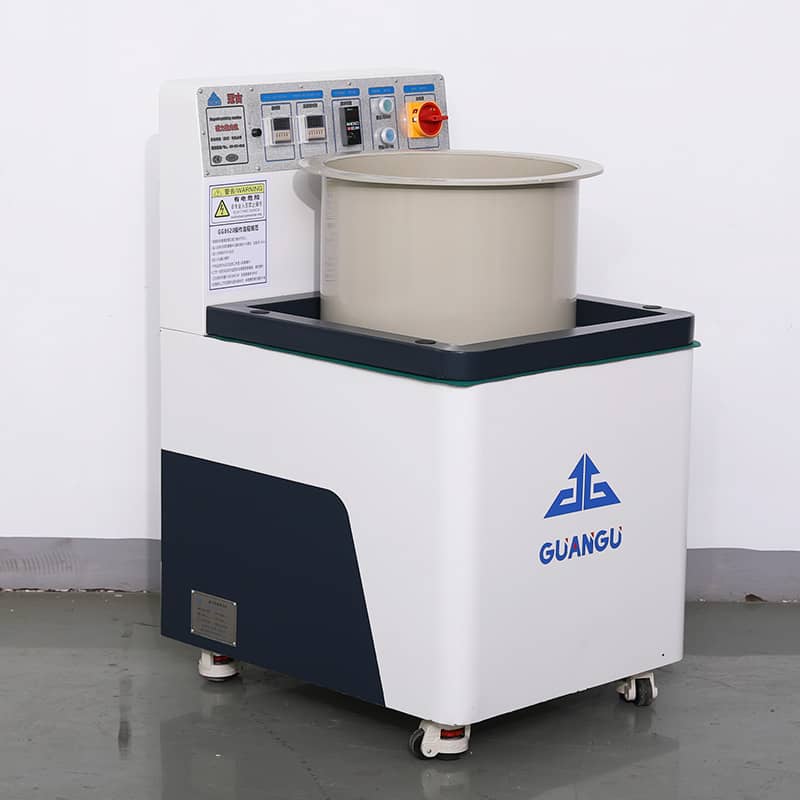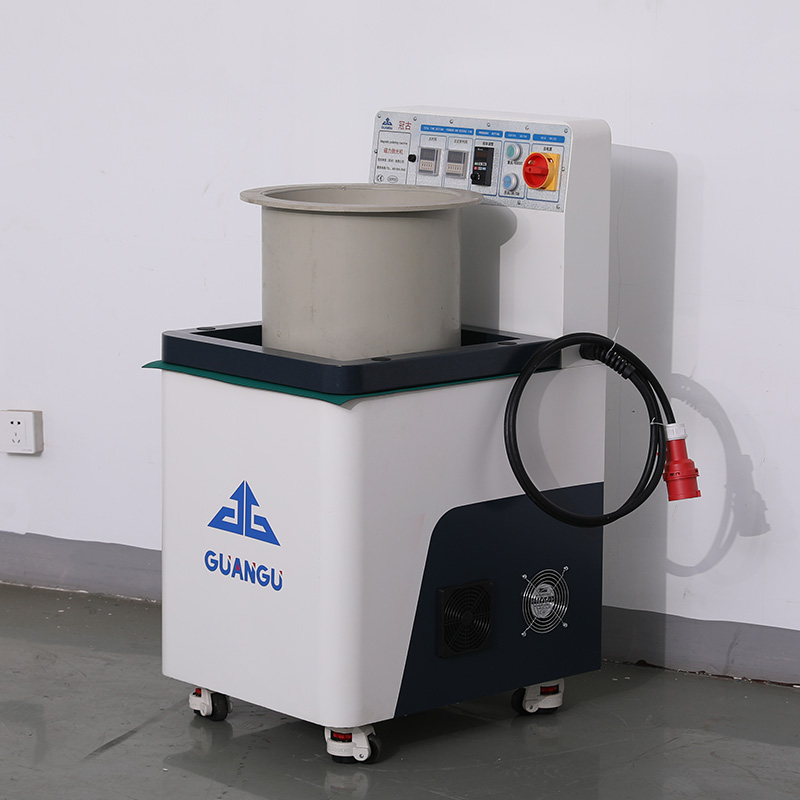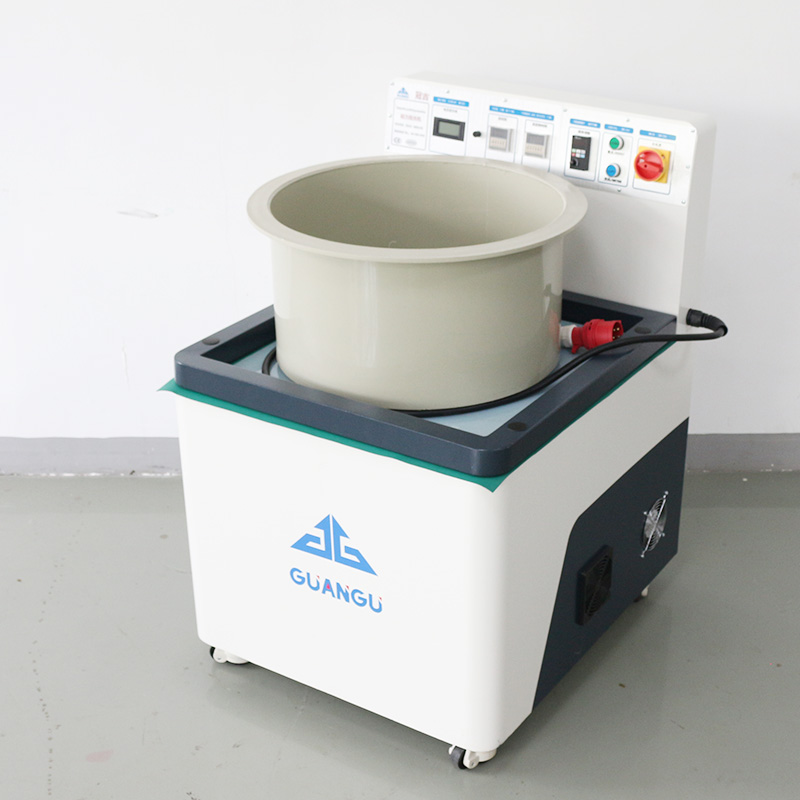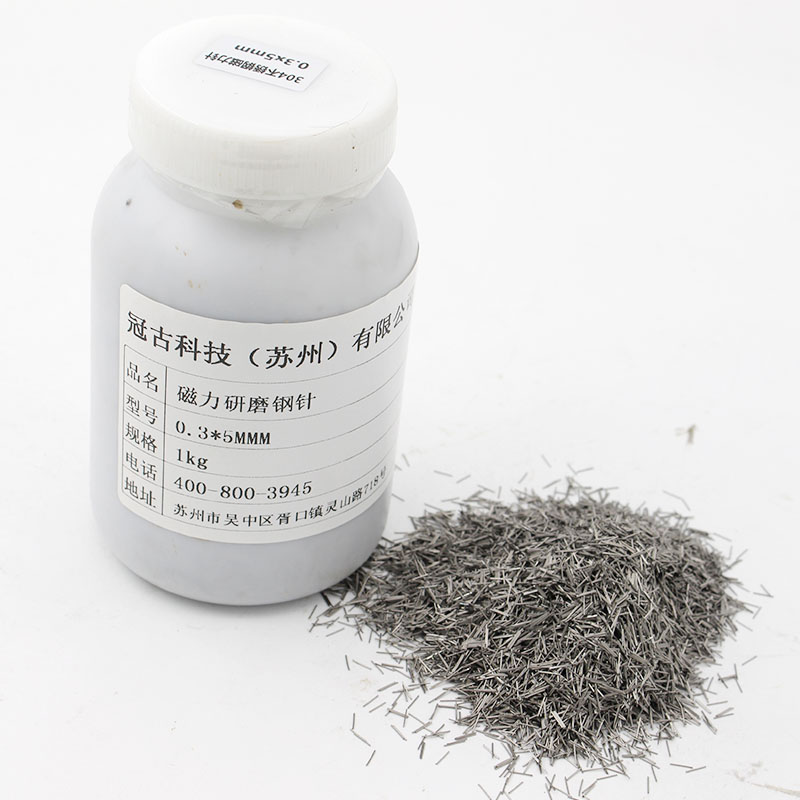- Choose Guangu Technology: Environmentally Friendly Polishing Machines Aren't Really Expensive
- A New Choice for Surface Treatment of Press-Fit Studs: Why Does Magnetic Polishing Achieve "Fast and High Quality"?
- Elastic R-shaped Pins and Magnetic Polishers: The Invisible Partner of Precision Manufacturing
- Innovative breakthrough of large metal polishing machine: magnetic polishing
- Magnetic polisher and plane polisher: Gemini of precision manufacturing
- Why magnetic polishers process metal surfaces so quickly
E-mail:zhihong@szguangu.com
Phone:18626103335
TEL:400-800-3945
Address:No. 333, Zixu Road, Xukou Town, Wuzhong District, Suzhou
How to clean the burrs of the parts after machining
Burr formation on machined parts can occur for a variety of reasons, the following are some common ones:
Uneven tool wear: When the tool is used for a long time or worn unevenly, it will lead to unstable cutting force, which will cause vibration and impact during the cutting process, and then burr will be formed.
Excessive cutting speed or depth of cut: If the cutting speed is too fast or the depth of cut is too large, large metal flows will be formed on the surface of the workpiece, and these metal flows can easily be stretched or torn, forming burrs.
Too fast tool feed: If the tool is fed too fast, it will lead to increased friction between the tool and the workpiece, resulting in a larger metal flow on the surface of the workpiece, and thus the formation of a burr.
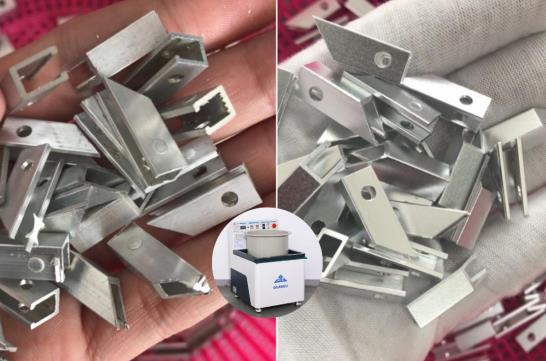
Magnetic Deburring machine free sample
High hardness of workpiece material: If the hardness of the workpiece material being processed is high, it will cause greater wear and damage to the tool, which will result in unstable cutting forces and consequently burr formation.
Insufficient or poor quality cutting fluid: If the cutting fluid is insufficient or of poor quality, it will lead to increased friction between the tool and the workpiece, resulting in a larger metal flow on the surface of the workpiece, which in turn will lead to the formation of a burr.
There may be various reasons for burr formation on machined parts, which need to be analyzed and solved on a case-by-case basis.
The following methods can be used to clean up burrs on machined parts:
Hand sanding: Use tools such as files and sandpaper to hand sand the burrs and determine the sanding direction and angle before sanding to avoid causing secondary burrs.
Mechanical Polishing: use polishing machines and other mechanical equipment to polish the burr. This method is suitable for the burr is relatively small, the effect is better.
Chemical erosion method: The burr is eroded away by a chemical reaction. This method is suitable for cases where the material is required, such as the surface must not be damaged.
Sandblasting deburring: By blasting high speed gas or water stream, the burr is scraped off under the effect of its impact. This method is suitable for cases where the surface roughness requirement is not high.
It should be noted that when choosing the cleaning method, the appropriate method should be chosen according to the processed material and the shape and specifications after processing to avoid damage to the parts or affecting the surface quality. At the same time, the cleaning process also needs to pay attention to the protection of their own safety and environmental health.
- Previous:Methods for polishing and cleaning stainless steel spring rings
- Next:Aluminum workpiece surface polishing method
-
2022-10-18Deburring of stainless steel stampings
